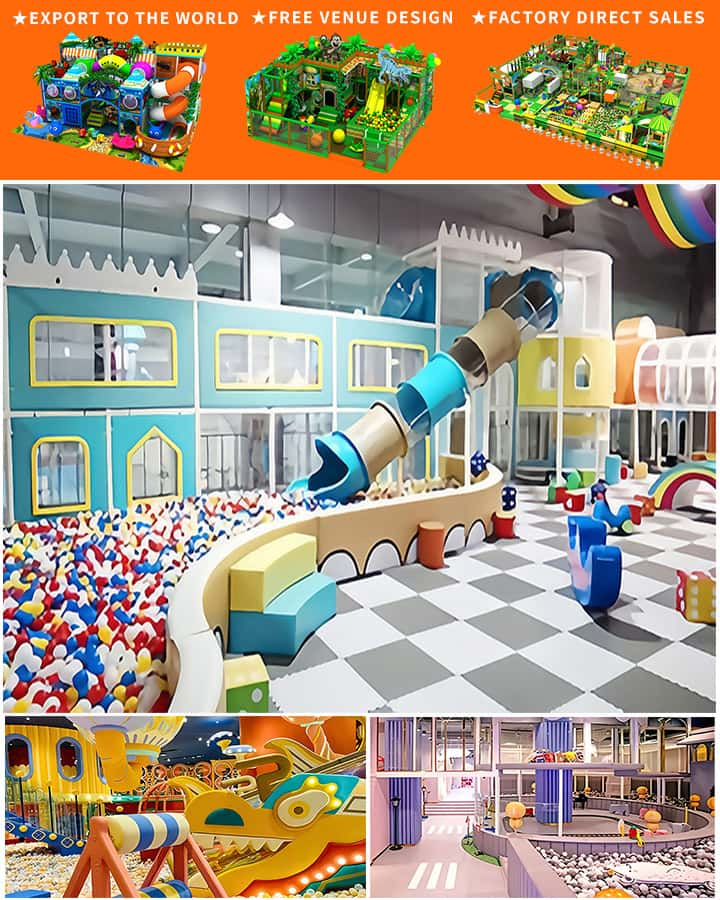In today’s fast-paced world, where children are increasingly engrossed in digital devices, the concept of creating natural indoor play spaces for early childhood has gained significant attention. These spaces serve to reconnect young children with nature while fostering their physical, cognitive, and emotional development. By integrating elements from the natural world into indoor environments, we can cultivate a nurturing space that encourages exploration, creativity, and well-being.
The Importance of Natural Indoor Play Spaces
Natural indoor play spaces offer a plethora of benefits for young children. Exposure to natural elements such as plants, water features, and organic materials helps develop sensory perceptions and fine motor skills. Additionally, these spaces provide a much-needed break from screen time, allowing children to engage in imaginative and unstructured play, which is crucial for their overall growth.
Elements of Natural Indoor Play Spaces
- Plants and Greenery: Incorporating a variety of indoor plants can create a vibrant, oxygen-rich environment that promotes physical health and mental wellness. Plants also introduce children to basic concepts of biology and responsibility as they learn to care for them.

Water Features: Small water tables or indoor fountains can captivate children’s interest, offering opportunities for sensory play and scientific exploration. Water play encourages problem-solving, cooperation, and an understanding of cause and effect.
Natural Materials: Using items such as wood, stones, sand, and fabrics made from natural fibers can stimulate tactile exploration. These materials invite children to touch, build, and create, fostering creativity and manual dexterity.
Eco-friendly Furniture: Opt for furniture made from sustainable materials like bamboo or recycled plastics. This not only supports environmental conservation but also ensures the safety and durability of the play area.
Interactive Walls and Floors: Consider installing climbing walls, chalkboard walls, or textured floors to encourage physical activity and creative expression. These surfaces invite active engagement and can be easily adapted for various activities.
Quiet Corners: Soft, comfortable reading nooks with cushions, blankets, and books can provide a serene retreat for quieter activities. These corners support literacy and imaginative play, offering children a balanced mix of stimulation and relaxation.
Design Tips for Natural Indoor Play Spaces
When designing a natural indoor play space, it’s essential to keep the following tips in mind:
- Safety First: Ensure that all materials and structures are safe for children’s use, avoiding sharp edges, toxic substances, and small parts that could pose choking hazards.
- Accessibility: Arrange the space to allow easy access for children of varying ages and abilities, promoting inclusive play.
- Flexibility: Use modular and multifunctional furniture that can adapt to different activities and grow with the child.
- Lighting: Maximize natural light wherever possible, and use soft, warm lighting to create a cozy atmosphere during darker hours.
- Ventilation: Proper air circulation is vital to maintain a healthy indoor environment. Ensure windows can be opened or consider using air purifying plants.
Conclusion
Natural indoor play spaces for early childhood are more than just a trend; they are an essential component of holistic child development. By thoughtfully incorporating natural elements into our homes and educational settings, we provide children with enriching experiences that nurture their minds, bodies, and spirits. As society becomes more aware of the importance of connecting young ones with nature, these spaces will undoubtedly play a pivotal role in shaping the next generation’s relationship with the environment and their overall well-being.




